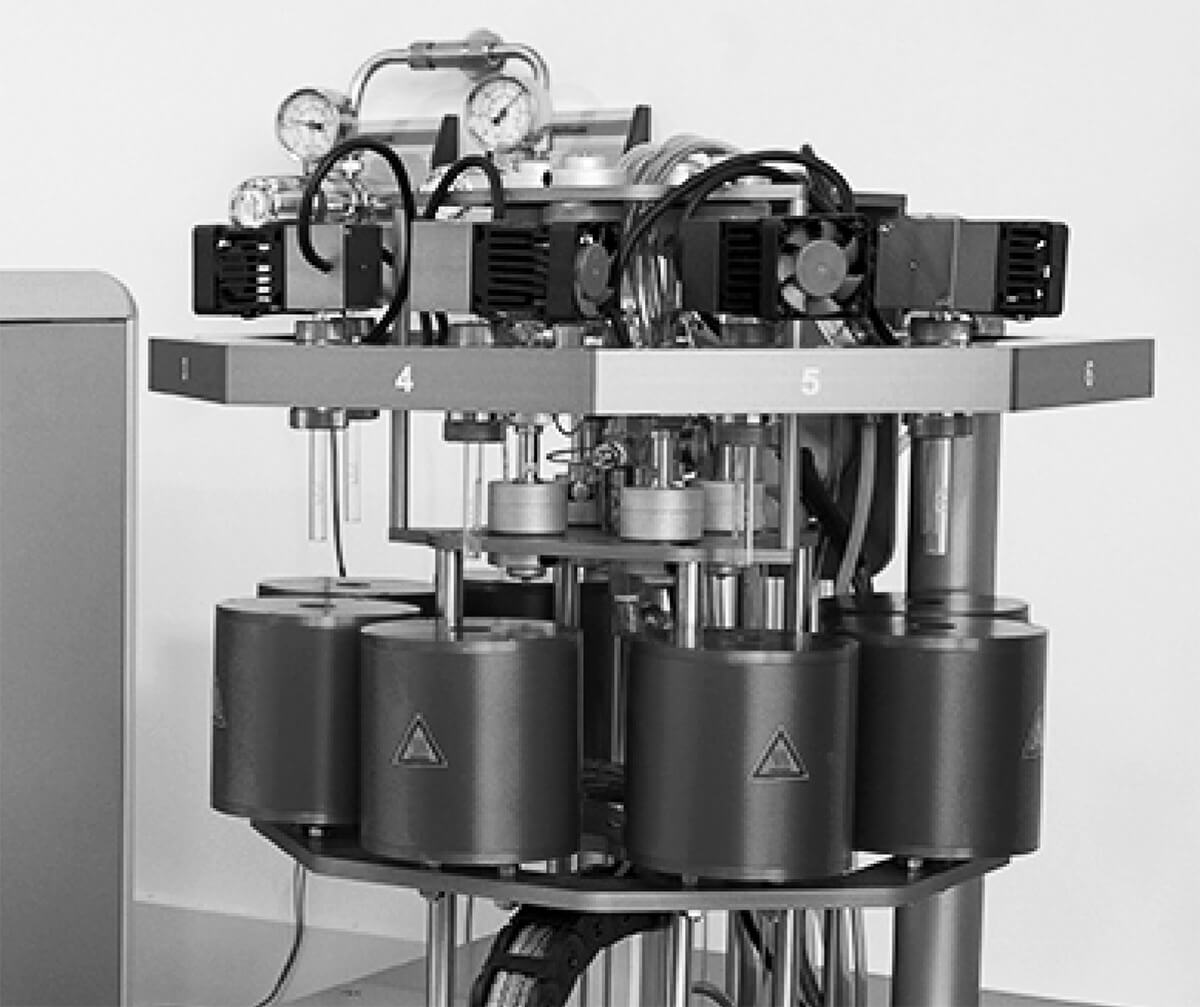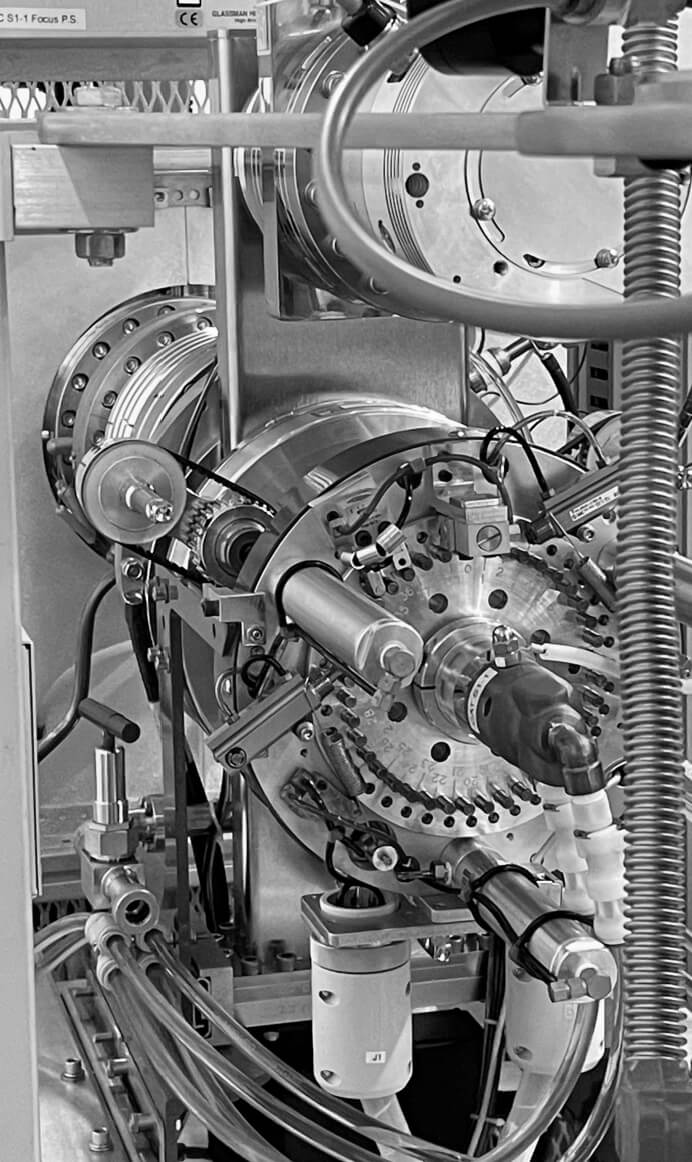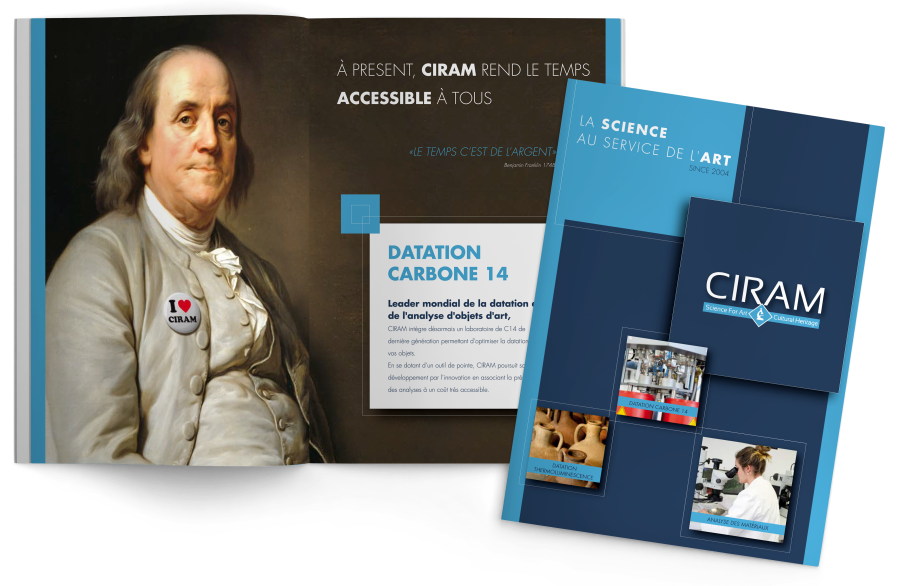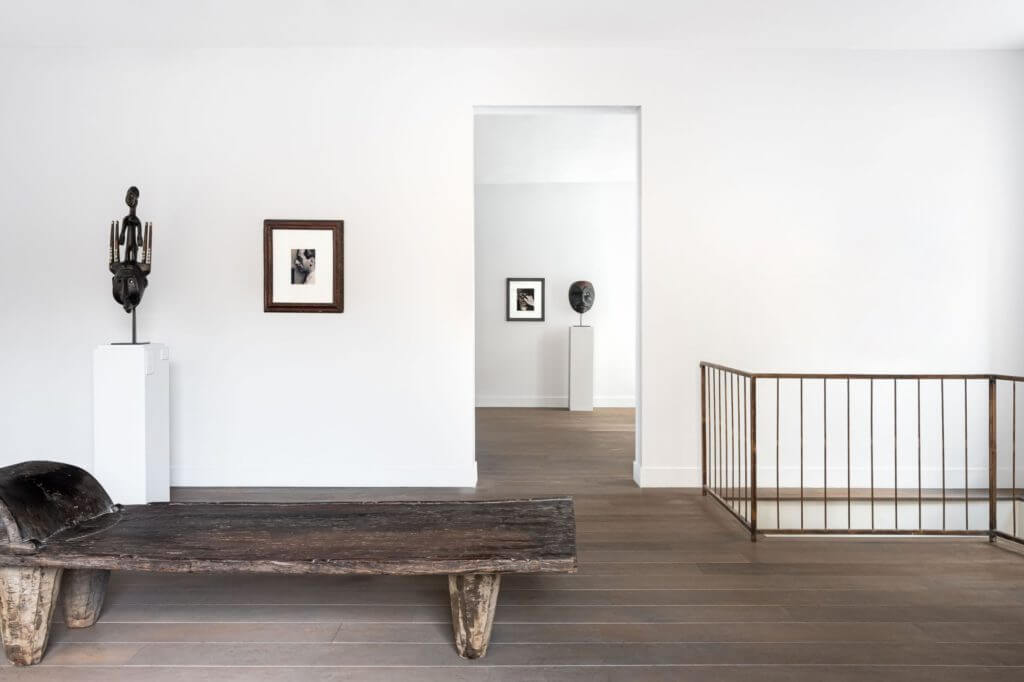
SCIENCE IN THE SERVICE OF ART
DATING AND ANALYSIS OF YOUR ART OBJECTS
Our advanced technologies, allow us a development through innovation. CIRAM integrates in its laboratories last generation devices that allow us to analyze and authenticate all types of materials.
ANALYZE YOUR ITEMS WITH
ADVICE FROM OUR TECHNICAL EXPERTS


CARBON 14 DATING
Absolute dating of all organic materials: wood, ivory, canvas, paper, bone, parchment… thanks to our new generation laboratory.
THERMOLUMINESCENCE
Approximate dating and age testing by TL and/or Predose of your terracotta, earthenware and porcelain. Our team of doctors uses innovative and controlled protocols, in order to reduce the number of no result as much as possible.
METALLOGRAPHY
Seniority test. Analysis of metal composition, nature and degree of corrosion. Trace elements. Search for indicators of modernity and false patina.

MICROANALYSIS
Antique testing. Analysis of the material, the degree and origin of its alteration. Identification of tool marks, deposits, polychromes…
IMAGING
Complete physicochemical analysis of the paintings. Dating of the support, Scientific imaging of the paintings (IR, UV, RX). CT scan 3D Radiography.
Our
support
An analytical process and controlled deadlines


Responsable départemental Marché de l’Art
JEAN-BAPTISTE BACKGROUND
With over ten years’ experience in the scientific field, Jean-Baptiste will be your dedicated contact for all your art object authentication needs. Meticulous and methodical, Jean-Baptiste will be your single point of contact from the time the samples are taken to the delivery of the analysis report. Respect for the object and the choice of the most appropriate solution are Jean-Baptiste’s priorities, in order to meet your expectations and provide you with complete satisfaction.
A true globetrotter and lover of the arts, Jean-Baptiste can offer you non-invasive analyses and step-by-step studies to meet your budget, without compromising our scientific rigour.



